
Companies (like Netflix, Pinterest, Instagram, Walmart, Microsoft, Oracle, etc.) have been shifting to AWS Services as it comes with many benefits. And what if you also get these services in your terms and conditions? Yes, that’s the case with AWS Services, you pay for the service you use and also for the time you want to use it.
Do you Know? Even NASA has been using AWS Services for many years!
There are a lot of services that are demanding and used by developers extensively. While a lot can be confusing, let’s talk about the top 30 AWS Services that are used and also about their features and objectives.
Table of contents
- What is AWS Service?
- Why Use AWS Services?
- Top 30 AWS Services List
- Amazon EC2 (Elastic Compute Cloud)
- Amazon S3 (Simple Storage Service)
- AWS Lambda
- Amazon RDS (Relational Database Service)
- Amazon DynamoDB
- Amazon ECS (Elastic Container Service)
- AWS Elastic Beanstalk
- Amazon VPC (Virtual Private Cloud)
- Amazon Route 53
- AWS CloudFormation
- AWS CloudWatch
- Amazon SQS (Simple Queue Service)
- AWS Step Functions
- AWS Glue
- Amazon Kinesis
- AWS Direct Connect
- AWS Identity and Access Management (IAM)
- Amazon EMR (Elastic MapReduce)
- AWS CodePipeline
- Amazon Polly
- AWS WAF (Web Application Firewall)
- AWS Key Management Service (KMS)
- Amazon Aurora
- AWS DataSync
- AWS App Mesh
- Amazon Elastic File System (EFS)
- AWS CloudTrail
- Amazon Neptune
- AWS Organizations
- AWS Secrets Manager
- Q1. What are the most used AWS services?
- Q2. Which AWS service is best?
- Q3. How do I get a list of all AWS services?
- Q4. Which is the highest-paying job in AWS?
- Q5. Which language is best for AWS?
What is AWS Service?
Amazon Web Services (AWS) is the cloud platform and it’s the world’s most comprehensive, broadly adopted, popular, reliable, secured, scalable, and easy-to-use cloud services available. It provides an on-demand infrastructure on a pay-as-you-go basis.
With a suite of 160+ services, AWS is the top cloud platform. Servers, databases, storage, databases, content delivery, DNS management, global regions, identity access management, management tools, etc., all are used by top companies around the world.
Do Read | AWS vs Azure vs Google Cloud: Comparing the Top Cloud Service Providers
Why Use AWS Services?
- Scalability: Easily scale resources up or down based on demand.
- Cost–Effective: Pay only for the services and resources you use.
- Global Reach: Access to a vast network of data centers worldwide.
- Flexibility: Wide range of services for diverse business needs.
- Security: Robust security features and compliance measures.
- Reliability: High availability and redundancy for mission-critical applications.
- Performance: High-performance computing and storage capabilities.
- Community and Support: Extensive community and professional support resources.
Also Read | Is AWS Certification Worth It?
Top 30 AWS Services List
Let’s look at the top 30 AWS Services that cater to the needs and requirements of developers.
Also, Know Does AWS Require Coding?
1. Amazon EC2 (Elastic Compute Cloud)
Amazon EC2 (Elastic Compute Cloud) is a web service provided by Amazon Web Services (AWS) that allows users to rent virtual servers in the cloud. EC2 enables developers to easily scale compute capacity up or down based on their application requirements.

Features of Amazon EC2:
- Virtual Servers: Provision resizable compute capacity in the cloud.
- Scalability: Easily scale instances up or down based on demand.
- Variety of Instance Types: Choose from a diverse set of instance types optimized for different workloads.
- Customizable: Configure instances with various operating systems, instance types, and storage options.
- Security Groups and VPC: Control access to instances using security groups within Virtual Private Clouds (VPCs).
2. Amazon S3 (Simple Storage Service)
Amazon S3 (Simple Storage Service) is a widely used object storage service provided by Amazon Web Services (AWS). It allows users to store and retrieve any amount of data at any time over the internet. S3 provides a highly scalable, durable, and secure storage solution, making it suitable for a diverse range of applications.
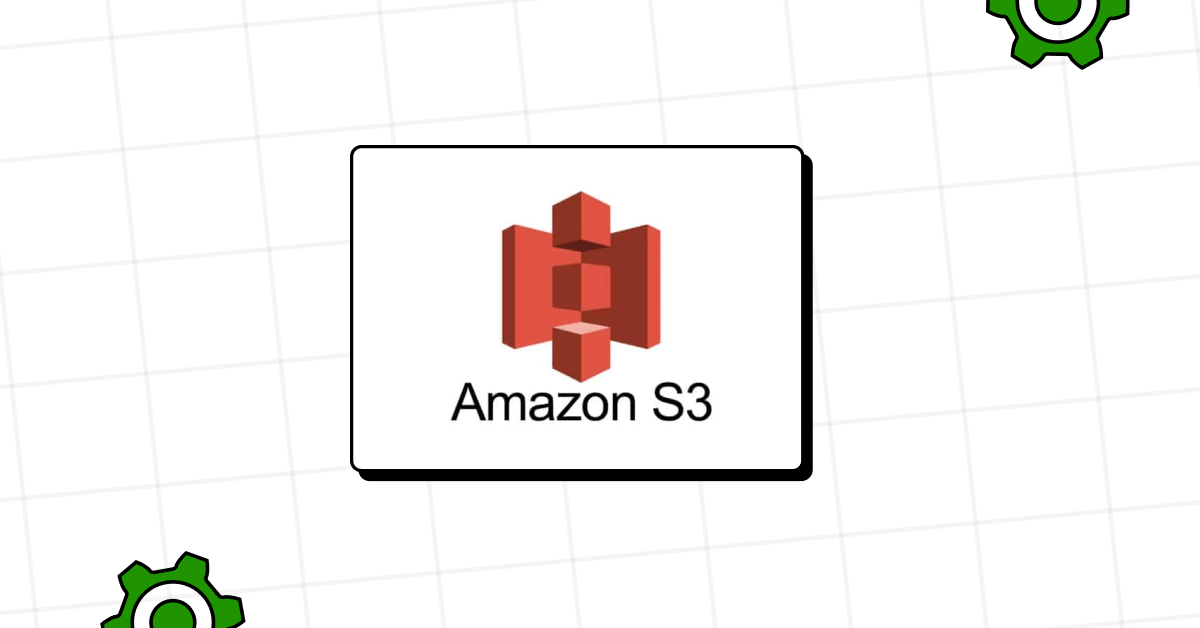
Features of Amazon S3:
- Scalability: Easily scale storage capacity as needed.
- Security: Provides robust access controls and encryption options.
- Versioning: Keep multiple versions of an object for data protection.
- Lifecycle Policies: Automate the transition and expiration of objects.
- Event Notifications: Trigger events based on changes to objects in S3.
3. AWS Lambda
AWS Lambda is a serverless computing service provided by Amazon Web Services (AWS) that enables developers to run code without provisioning or managing servers. With Lambda, users can upload their code, and define the triggering events, and Lambda automatically takes care of the infrastructure needed to execute the code.
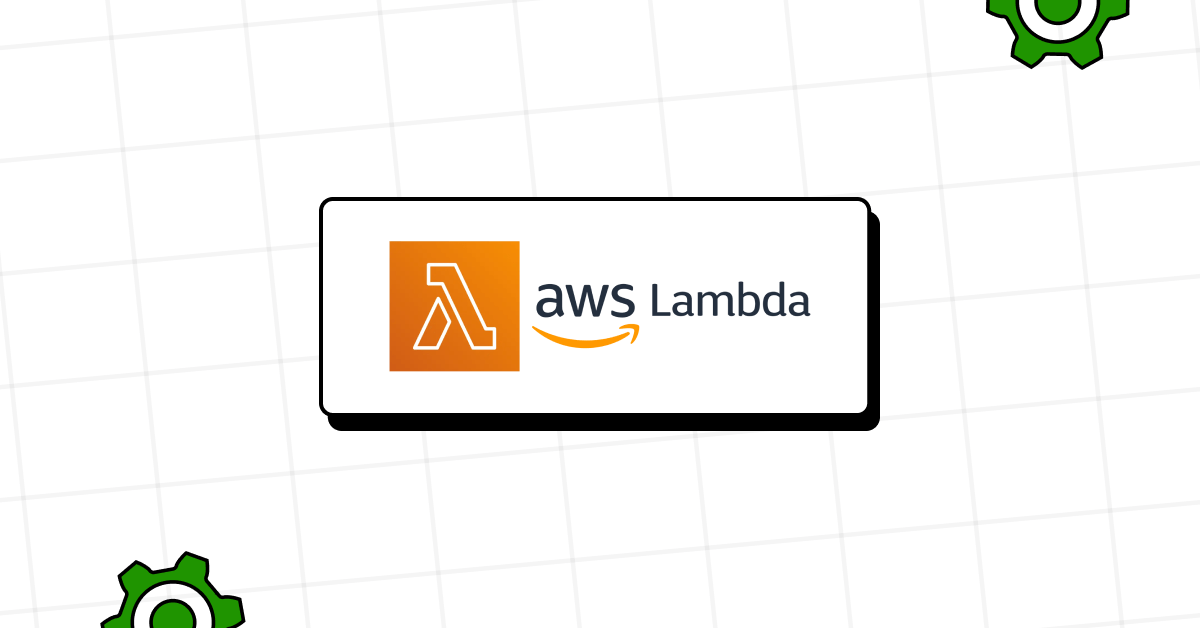
Features of AWS Lambda:
- Serverless Computing: Execute code without managing servers.
- Event-Driven: Trigger functions in response to events from various AWS services or custom sources.
- Pay-as-You-Go Pricing: Pay only for the compute time consumed during code execution.
- Multi-Language Support: Supports multiple programming languages including Node.js, Python, Java, and more.
- Integrated Logging and Monitoring: Easily monitor and troubleshoot functions with integrated AWS CloudWatch.
4. Amazon RDS (Relational Database Service)
Amazon RDS (Relational Database Service) is a managed relational database service offered by Amazon Web Services (AWS). It simplifies the process of setting up, operating, and scaling a relational database, allowing users to focus on their applications rather than the underlying infrastructure.
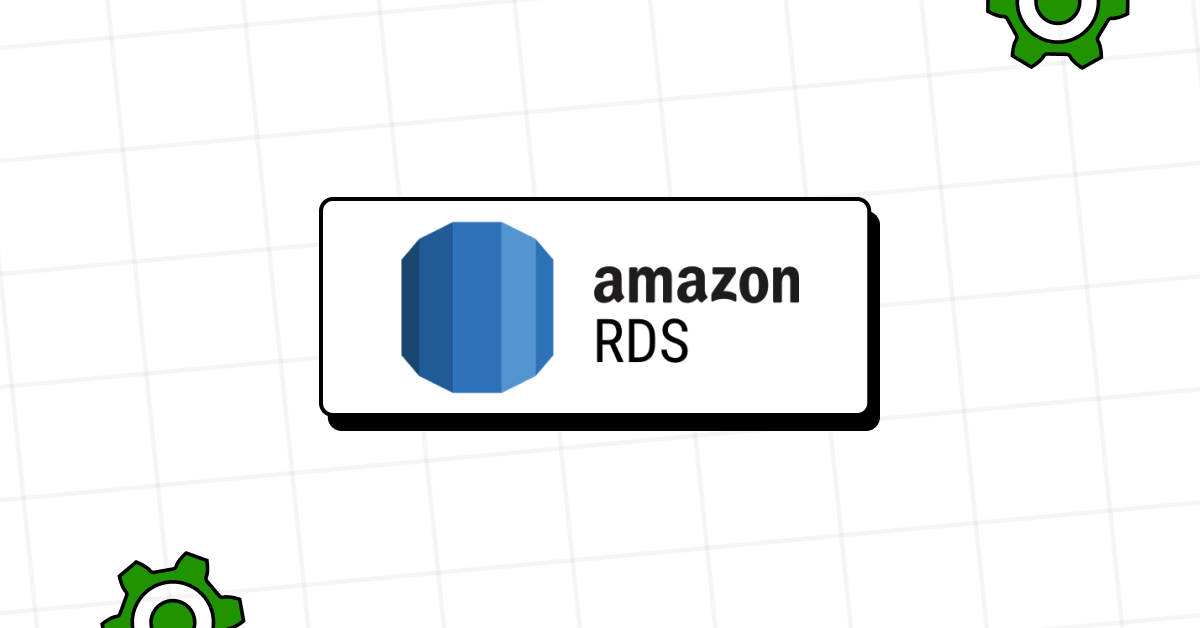
Features of Amazon RDS:
- Managed Service: AWS handles database maintenance tasks, including backups, patch management, and automatic software updates.
- Multiple Database Engines: Supports various relational database engines to accommodate different application requirements.
- Automated Backups and Snapshots: Provides automated backup and restore capabilities for data protection.
- Security: Implements robust security features, including encryption at rest and in transit, and integrates with AWS Identity and Access Management (IAM).
5. Amazon DynamoDB
Amazon DynamoDB is a fully managed NoSQL database service provided by Amazon Web Services (AWS), offering seamless scalability, low-latency performance, and high availability. Designed for both document and key-value data models, DynamoDB is a serverless solution, eliminating the need for users to manage the underlying infrastructure.
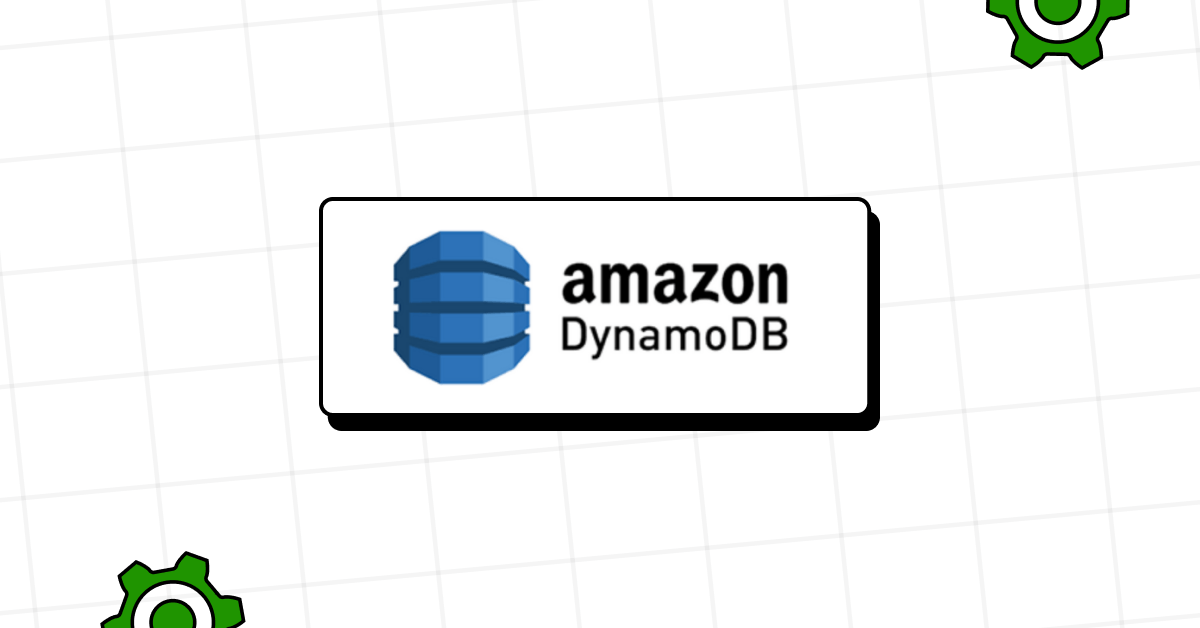
Features of Amazon DynamoDB:
- Serverless NoSQL Database: Fully managed, eliminating the need for users to manage infrastructure.
- Automatic Scaling: Dynamically scales to handle varying throughput and storage requirements.
- Flexible Data Models: Supports both document and key-value data models for versatile applications.
- Global Tables: Replicates data globally for high availability and low-latency access across regions.
- On-Demand and Provisioned Capacity: Offers pay-per-request or provisioned capacity options for cost efficiency.
6. Amazon ECS (Elastic Container Service)
Amazon ECS (Elastic Container Service) is a fully managed container orchestration service by Amazon Web Services (AWS) that simplifies the deployment and management of containerized applications. It allows users to run Docker containers on a scalable and highly available cluster of virtual or physical machines.
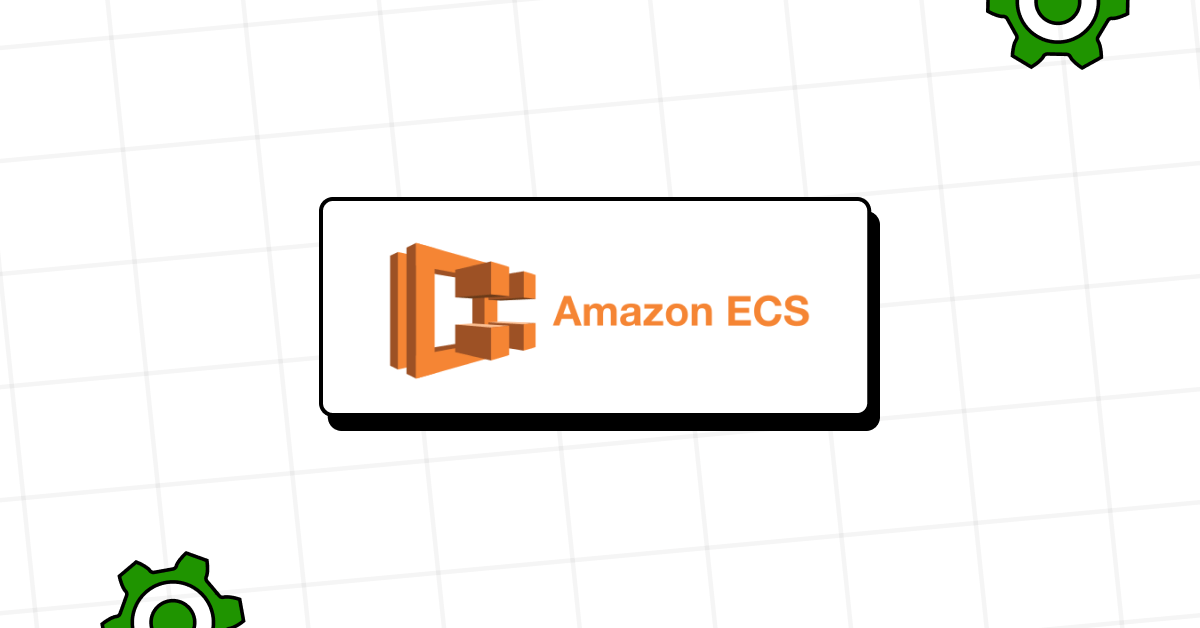
Features of Amazon ECS:
- Fully Managed Container Orchestration: AWS manages the underlying infrastructure, allowing for seamless container deployment.
- Docker Compatibility: Supports Docker containers for easy migration and deployment.
- Task and Service Definitions: Define parameters for running containers and manage long-running services.
- Auto Scaling: Adjusts the number of running tasks based on application demand.
- Integration with AWS Services: Easily integrates with other AWS services like VPC, IAM, and CloudWatch.
7. AWS Elastic Beanstalk
AWS Elastic Beanstalk is a fully managed platform-as-a-service (PaaS) offering by Amazon Web Services (AWS) that simplifies the deployment, scaling, and management of applications. It supports various programming languages and frameworks, allowing developers to focus on their code while AWS takes care of the underlying infrastructure.

Features of AWS Elastic Beanstalk:
- Fully Managed PaaS: AWS manages infrastructure, enabling developers to focus on coding.
- Multi-Language Support: Supports multiple programming languages and frameworks.
- Auto-Scaling: Dynamically scales resources based on application demand.
- Deployment Options: Supports rolling, blue-green, and canary deployments for seamless updates.
- Monitoring and Logging: Integrated tools for monitoring application health and managing logs.
8. Amazon VPC (Virtual Private Cloud)
Amazon VPC (Virtual Private Cloud) is a service provided by Amazon Web Services (AWS) that allows users to create and manage their isolated virtual networks within the AWS cloud. VPC provides a secure and customizable environment where users can launch AWS resources, such as Amazon EC2 instances and RDS databases.
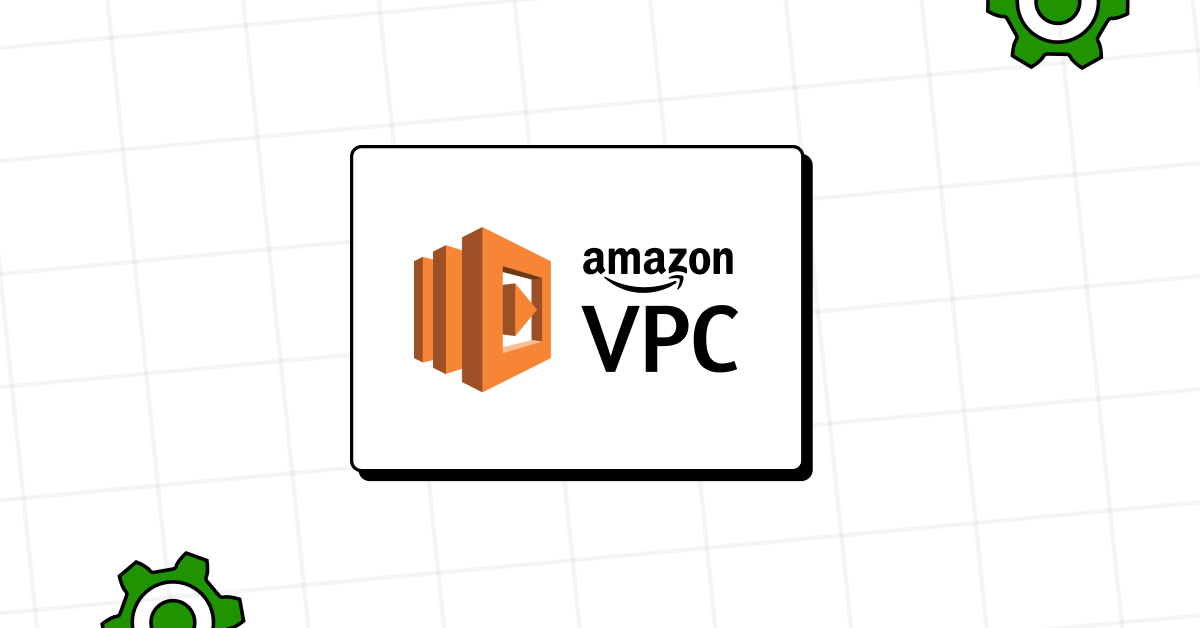
Features of Amazon VPC:
- Isolated Virtual Network: Users can create their own isolated network environment in the AWS cloud.
- Customizable IP Address Range: Define IP address ranges for VPC and subnets.
- Subnet Configuration: Create subnets within the VPC to segment resources.
- Routing Tables: Configure custom routing tables to control traffic between subnets.
- Network Access Control Lists (ACLs): Define rules to control inbound and outbound traffic at the subnet level.
9. Amazon Route 53
Amazon Route 53 is a scalable and highly available Domain Name System (DNS) web service provided by Amazon Web Services (AWS). It is designed to route end-user requests to globally distributed AWS resources, such as EC2 instances, S3 buckets, and load balancers, providing reliable and low-latency access.

Features of Amazon Route 53:
- Domain Registration: Register and manage domain names through the service.
- Scalable and Reliable DNS: Provides scalable and reliable DNS service with low-latency resolution.
- DNS Routing Policies: Supports various routing policies, including simple, weighted, and latency-based routing.
10. AWS CloudFormation
AWS CloudFormation is a service provided by Amazon Web Services (AWS) that allows users to define and provision infrastructure as code. It enables the automated creation and management of AWS resources, facilitating the deployment and scaling of applications.

Features of AWS CloudFormation:
- Infrastructure as Code (IaC): Define and provision AWS infrastructure using code.
- Templates: Use JSON or YAML templates to describe the architecture and resources.
- Stacks: Organize resources into stacks to manage them as a single unit.
- Declarative Syntax: Specify the desired state of the infrastructure, and CloudFormation handles the execution.
- Resource Provisioning: Automatically create, update, and delete AWS resources based on the defined templates.
11. AWS CloudWatch
Amazon CloudWatch is a monitoring and observability service provided by Amazon Web Services (AWS) that allows users to collect and track metrics, collect and monitor log files, and set alarms. It provides insights into the performance, health, and operational status of AWS resources and applications.
Features of Amazon CloudWatch:
- Metrics and Dashboards: Collect and visualize metrics from various AWS resources through customizable dashboards.
- Alarms: Set alarms to monitor metric values and take automated actions when thresholds are breached.
- Logs: Collect, monitor, and analyze log data from applications, services, and resources.
- Events: Respond to changes in AWS resources by triggering automated actions using CloudWatch Events.
- Synthetic Monitoring: Create and run synthetic tests to monitor application endpoints and workflows.
12. Amazon SQS (Simple Queue Service)
Amazon Simple Queue Service (SQS) is a fully managed message queuing service offered by Amazon Web Services (AWS). SQS enables decoupling of the components of a cloud application by allowing them to communicate asynchronously.
Features of Amazon SQS:
- Fully Managed: AWS handles the operational aspects of message queuing, including server maintenance.
- Scalable: SQS automatically scales to handle varying message volumes and sizes.
- Message Retention: Messages can be retained in queues for configurable durations.
- At-Least-Once Delivery: SQS ensures that messages are delivered at least once, and in some cases, more than once.
- Distributed Queues: Supports distributed architectures with queues distributed across different AWS regions.
13. AWS Step Functions
AWS Step Functions is a fully managed service provided by Amazon Web Services (AWS) that enables the creation and orchestration of workflows to coordinate multiple AWS services and microservices in a serverless architecture. It allows users to design and run state machines, defining a series of steps or stages that execute in sequence or parallel.
Features of AWS Step Functions:
- State Machines: Define workflows using state machines, specifying sequential or parallel execution of steps.
- Visual Workflow Editor: Utilize a visual editor to design and visualize workflows easily.
- Built-in Error Handling: Automatically handle errors, retries, and timeouts within workflows.
- Integration with AWS Services: Seamlessly integrates with various AWS services, including Lambda, S3, DynamoDB, and more.
14. AWS Glue
AWS Glue is a fully managed extract, transform, and load (ETL) service provided by Amazon Web Services (AWS). It simplifies the process of preparing and loading data for analysis by allowing users to discover, catalog, transform, and move data among data stores.
Features of AWS Glue:
- Data Catalog: Provides a centralized metadata repository for discovering and managing data assets.
- ETL Jobs: Automates the process of extracting, transforming, and loading data across various sources.
- Data Crawlers: Automatically discover and catalog metadata from diverse data sources.
- Serverless Execution: Automatically provisions and scales the required resources for ETL jobs.
15. Amazon Kinesis
Amazon Kinesis is a suite of fully managed services by Amazon Web Services (AWS) that enables real-time processing of streaming data at scale. Kinesis provides solutions for ingesting, processing, and analyzing streaming data, allowing users to derive insights and take actions in near real-time.
Features of Amazon Kinesis:
- Kinesis Data Streams: Allows real-time ingestion of streaming data at scale, breaking it into shards for parallel processing.
- Kinesis Data Firehose: Simplifies the delivery of streaming data to various destinations, such as S3, Redshift, and Elasticsearch, with automatic scaling and buffering.
- Kinesis Data Analytics: Enables real-time analytics on streaming data using SQL queries without the need for managing infrastructure.
- Kinesis Video Streams: Ingests, processes, and analyzes video streams for applications like video analytics and machine learning.
16. AWS Direct Connect
Amazon Direct Connect is a network service provided by Amazon Web Services (AWS) that enables dedicated network connections between an on-premises data center and AWS. Direct Connect establishes private and dedicated network connections, offering higher bandwidth, lower latency, and increased reliability compared to standard internet connections.
Features of AWS Direct Connect:
- Dedicated Network Connection: Establish private, dedicated, and high-bandwidth connections between on-premises data centers and AWS.
- Consistent Network Performance: Provides more predictable network performance compared to internet-based connections.
- Reduced Latency: Low-latency connectivity for mission-critical applications and workloads.
- Increased Security: Offers a more secure connection by bypassing the public internet, reducing exposure to potential security risks.
17. AWS Identity and Access Management (IAM)
AWS Identity and Access Management (IAM) is a web service provided by Amazon Web Services (AWS) that helps securely control access to AWS resources. IAM enables users to manage users and their level of access to the AWS environment, allowing organizations to establish and enforce security policies.
Features of AWS IAM:
- User Management: Create and manage IAM users within an AWS account.
- Groups: Organize IAM users into groups to apply policies collectively.
- Roles: Define roles with specific permissions and assign them to AWS resources or users.
- Policies: Attach policies to users, groups, or roles to grant or deny permissions.
- Access Control: Control access to AWS resources based on roles, groups, and policies.
18. Amazon EMR (Elastic MapReduce)
Amazon EMR (Elastic MapReduce) is a cloud-based big data processing service provided by Amazon Web Services (AWS). EMR simplifies the processing of large datasets using popular frameworks like Apache Spark, Apache Hadoop, Apache Hive, Apache HBase, and more.
Features of Amazon EMR:
- Managed Clusters: Easily launch, manage, and scale compute clusters with pre-configured software.
- Compatibility: Supports popular big data frameworks such as Apache Hadoop, Apache Spark, Apache Hive, Apache HBase, and more.
- Integration with AWS Services: Seamlessly integrates with other AWS services like S3, DynamoDB, and IAM.
- Automatic Scaling: Dynamically adjusts the size of clusters based on workloads to optimize performance and costs.
19. AWS CodePipeline
AWS CodePipeline is a fully managed continuous integration and continuous delivery (CI/CD) service provided by Amazon Web Services (AWS). It automates the build, test, and deployment phases of releasing software, allowing organizations to quickly and reliably deliver updates to their applications.
Features of AWS CodePipeline:
- Workflow Automation: Orchestrates and automates the end-to-end release process, from source code to deployment.
- Integration with Various Tools: Easily integrates with other AWS services, including AWS CodeBuild, AWS CodeDeploy, and AWS Lambda, as well as third-party tools.
- Pipeline Visualization: Provides a visual representation of the entire release process, making it easy to understand and troubleshoot.
- Flexible Execution: Supports custom actions, allowing users to incorporate third-party tools and scripts into the pipeline.
20. Amazon Polly
Amazon Polly is a cloud service provided by Amazon Web Services (AWS) that converts text into lifelike speech using advanced deep learning technologies. Polly offers a variety of voices and supports multiple languages, allowing developers to incorporate natural-sounding speech synthesis into their applications, products, or services.
Features of Amazon Polly:
- Text-to-Speech (TTS): Converts input text into natural-sounding speech in real time.
- Multiple Voices: Offers a diverse set of lifelike voices with different accents and tones.
- Multilingual Support: Supports a wide range of languages for global applications.
- SSML (Speech Synthesis Markup Language): Allows fine-tuning of speech output with markup language for pauses, emphasis, and more.
- Neural Text-to-Speech (NTTS): Utilizes advanced deep learning techniques for more natural and expressive speech.
21. AWS WAF (Web Application Firewall)
AWS WAF (Web Application Firewall) is a cloud-based firewall service provided by Amazon Web Services (AWS) that helps protect web applications from common web exploits and malicious attacks.
Features of AWS WAF:
- Application Layer Protection: Safeguards web applications at the application layer by inspecting and filtering HTTP traffic.
- Rule-Based Security Policies: Enables the creation of custom rules and security policies to filter and monitor incoming traffic.
- Managed Rule Sets: Provides pre-configured rule sets to protect against common vulnerabilities, such as SQL injection and cross-site scripting (XSS).
22. AWS Key Management Service (KMS)
AWS Key Management Service (KMS) is a fully managed service provided by Amazon Web Services (AWS) that enables users to create and control encryption keys for securing their data. KMS makes it easy to create and manage keys for various AWS services and for applications that require secure and compliant encryption practices.
Features of AWS Key Management Service (KMS):
- Key Creation and Management: Create, rotate, and manage encryption keys in a secure and compliant manner.
- Integration with AWS Services: Seamlessly integrates with other AWS services like S3, EBS, and Redshift for easy encryption of data.
- Key Policies: Define access policies for keys using AWS Identity and Access Management (IAM), controlling who can use and manage keys.
- Envelope Encryption: Uses envelope encryption to protect data by encrypting it with a data key, which is then encrypted with a master key.
23. Amazon Aurora
Amazon Aurora is a fully managed relational database service provided by Amazon Web Services (AWS). It is designed to offer high performance, scalability, and reliability, compatible with popular database engines like MySQL and PostgreSQL.
Features of Amazon Aurora:
- High Performance: Offers high-performance database capabilities with low-latency read and write operations.
- Compatibility: Supports MySQL and PostgreSQL, allowing easy migration from these database engines to Aurora.
- Automated Backups: Provides automated and continuous backups with point-in-time recovery options.
- Replication: Supports Aurora Replicas for read scalability, enabling the offloading of read traffic from the primary instance.
24. AWS DataSync
AWS DataSync is a fully managed service by Amazon Web Services (AWS) that facilitates data transfer between on-premises storage, Amazon S3, Amazon EFS (Elastic File System), and Amazon FSx for Windows File Server. DataSync simplifies and accelerates the movement of large volumes of data, providing secure, efficient, and automated data transfers.
Features of AWS DataSync:
- Data Migration: Enables fast and secure migration of data between on-premises storage systems and AWS storage services.
- Incremental Transfers: Performs incremental transfers, transferring only the changes made to files since the last transfer to minimize data transfer time.
- Parallel Data Transfer: Utilizes multiple parallel streams to transfer data efficiently, optimizing network and storage resources.
- Bandwidth Control: Allows users to control the bandwidth used by DataSync to avoid impacting other network activities.
25. AWS App Mesh
AWS App Mesh is a fully managed service provided by Amazon Web Services (AWS) that simplifies the development and operation of microservices-based applications. It enables the monitoring, management, and communication between microservices in a scalable and efficient manner.
Features of AWS App Mesh:
- Service Mesh Architecture: Adopts a service mesh architecture that decouples microservices, improving scalability, and maintainability.
- Mesh Configuration: Centralizes the configuration and management of microservices communication within a mesh.
- Traffic Routing: Provides fine-grained control over traffic routing and load balancing between microservices.
26. Amazon Elastic File System (EFS)
Amazon Elastic File System (EFS) is a scalable, fully managed file storage service provided by Amazon Web Services (AWS). It is designed to provide highly available and durable file storage that can be easily shared across multiple Amazon EC2 instances and services.
Features of Amazon Elastic File System (EFS):
- Fully Managed: EFS is a fully managed service, eliminating the need for users to manage infrastructure or file system administration.
- Scalable Storage: Scales elastically based on the storage needs of your applications without manual intervention.
- Highly Available: Offers high availability by distributing data across multiple availability zones within a region.
- Shared File System: Supports concurrent access by multiple EC2 instances and services, enabling shared file storage for applications.
27. AWS CloudTrail
AWS CloudTrail is a service provided by Amazon Web Services (AWS) that enables governance, compliance, operational auditing, and risk auditing of AWS accounts. It records and logs AWS API calls, providing visibility into actions taken within AWS services.
Features of AWS CloudTrail:
- Audit Trails: Creates detailed event logs of AWS API calls, capturing information such as the identity of the caller, the time of the call, the source IP address, and more.
- Multi-Region Support: Allows tracking of events across multiple AWS regions to provide a comprehensive view of activity.
- Integration with AWS Services: Integrates with various AWS services, including AWS Identity and Access Management (IAM), AWS Key Management Service (KMS), AWS CloudWatch, and AWS S3.
28. Amazon Neptune
Amazon Neptune is a fully managed, highly available, and secure graph database service provided by Amazon Web Services (AWS). It is designed to efficiently store and query highly connected data, making it suitable for applications that require the representation and analysis of relationships and complex data models.
Features of Amazon Neptune:
- Graph Database: Supports property graph and RDF graph models, providing flexibility for various graph data representations.
- Highly Available and Replicable: Ensures high availability and durability with automatic backups and replication across multiple Availability Zones.
- Fully Managed: Amazon Neptune is a fully managed service, handling routine database tasks such as patching, backups, and monitoring.
29. AWS Organizations
AWS Organizations is a service provided by Amazon Web Services (AWS) that allows customers to consolidate multiple AWS accounts into an organization that you create and centrally manage.
Features of AWS Organizations:
- Consolidated Billing: Aggregates the billing for multiple AWS accounts, providing a single payment method and invoice for the entire organization.
- Account Organization: Allows grouping of AWS accounts into organizational units (OUs) for logical organization and management.
- Service Control Policies (SCPs): Defines fine-grained access controls and permissions across accounts using SCPs to set broad policies.
30. AWS Secrets Manager
AWS Secrets Manager is a fully managed service provided by Amazon Web Services (AWS) that helps organizations protect sensitive information such as API keys, passwords, database credentials, and other secrets. It provides a secure and centralized way to manage, rotate, and retrieve these secrets for applications, services, and infrastructure.
Features of AWS Secrets Manager:
- Secret Storage: Safely stores and manages sensitive information, including API keys, passwords, and database credentials.
- Rotation: Automates the rotation of secrets to enhance security and compliance with industry best practices.
- Versioning: Supports versioning of secrets, allowing users to retrieve and manage previous versions if needed.
Sign into this wonderful AWS course Advanced Professional course in Big Data and Cloud Analytics where you’ll not just learn about AWS Services but also about other technical concepts that play a major role in cloud computing.
Wrapping it Up
This tour scratches the surface of AWS’s vast services. As you venture deeper into the cloud, explore these services to build robust, scalable, and efficient solutions. AWS’s constantly evolving ecosystem ensures that you’re ready with the tools to solve any cloud challenge.
We also have an AWS course by GUVI which covers an in-depth understanding of the domain.
FAQs
Q1. What are the most used AWS services?
Ans. Some of the most used AWS Services:
Amazon S3.
Amazon EC2.
Amazon RDS.
Amazon CloudFront.
Amazon VPC.
Q2. Which AWS service is best?
Ans. Some of the best AWS Services are:
1: Amazon EC2.
2: Amazon Simple Storage Service (S3).
3: Amazon Cloudfront.
4: Amazon VPC.
Q3. How do I get a list of all AWS services?
Ans. You can sign in to the AWS Management Console and open the AWS Cloud Map console at Cloudmap. Move to the navigation pane, and choose Namespaces. Then, you can choose the name of the namespace that contains the services that you want to list.
Q4. Which is the highest-paying job in AWS?
Ans. Some of the highest-paying jobs in AWS are:
1. Cloud Architect.
2. Cloud Developer.
3. AWS SysOps Administrator.
4. Cloud DevOps Engineer.
5. Cloud Security Engineer.
Q5. Which language is best for AWS?
Ans. BothJava and Pythonare widely used across AWS applications, so whichever you are comfortable with, can choose.
Career transition
About the Author
Isha SharmaI’m a versatile technical content writer with over 2 years of experience in technical writing and 1 year of experience in web development. My specialized domains are web development, AWS, cloud computing, etc. I have written over 100+ SEO-optimized technical articles.